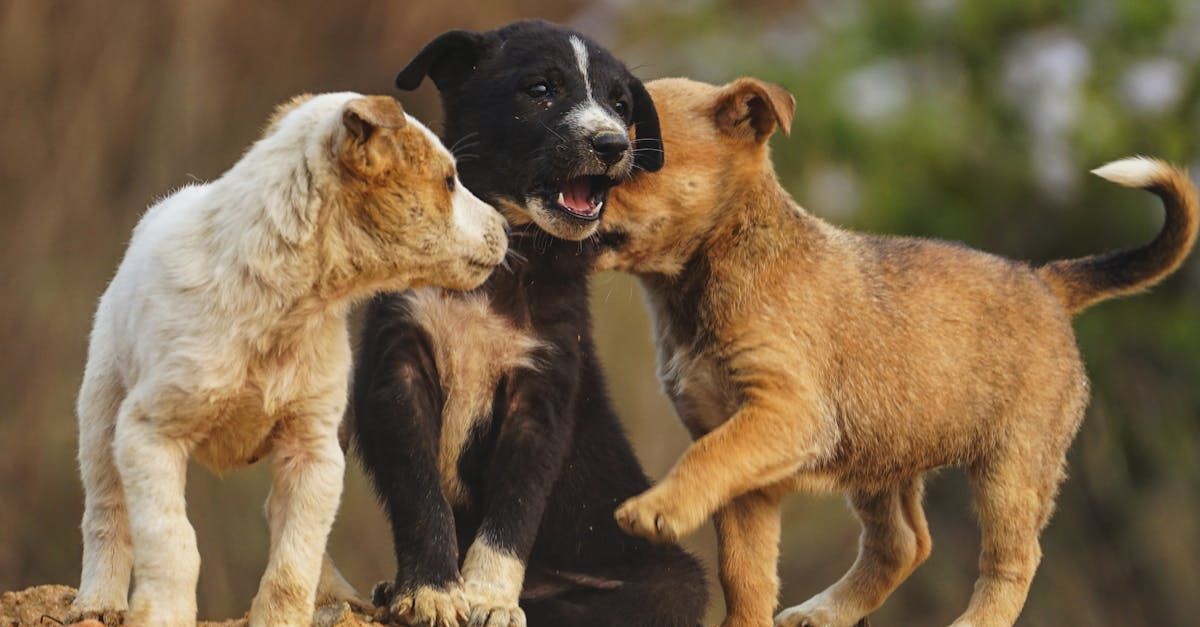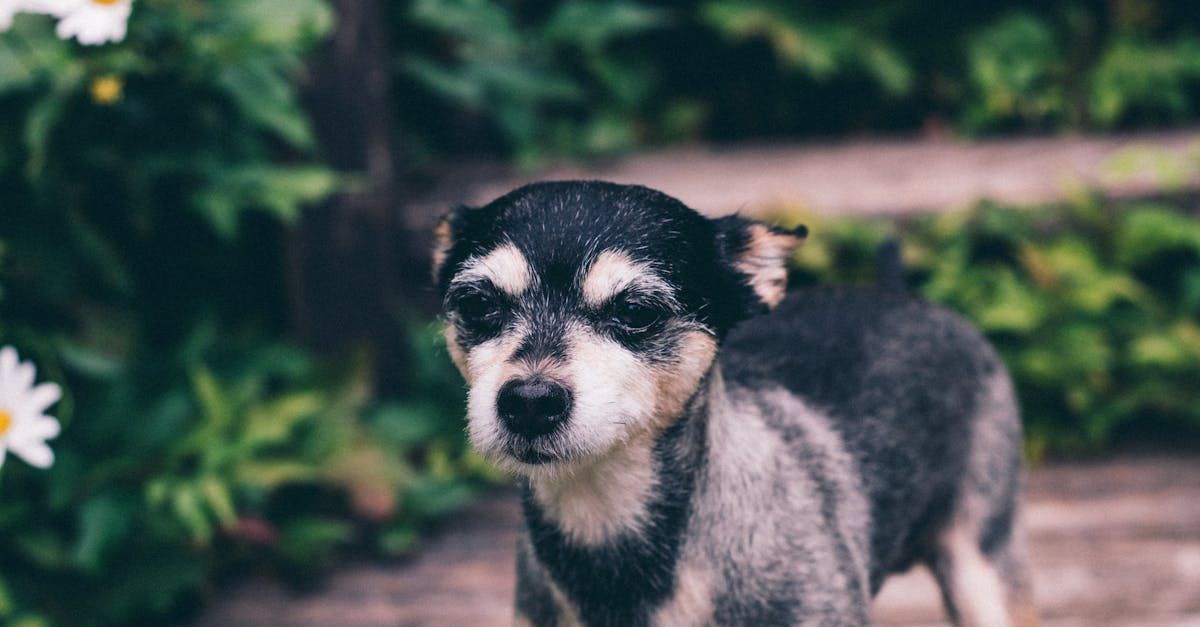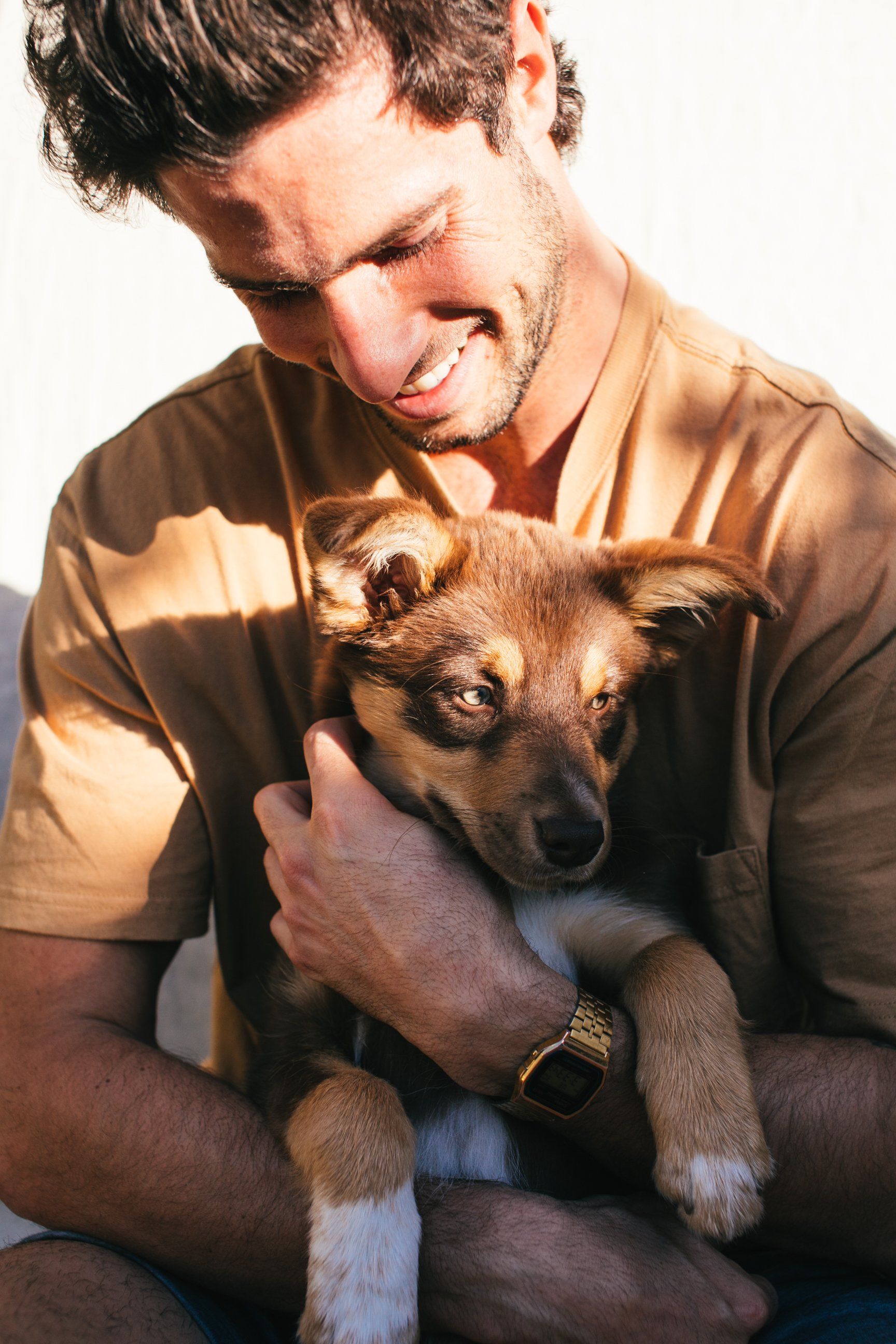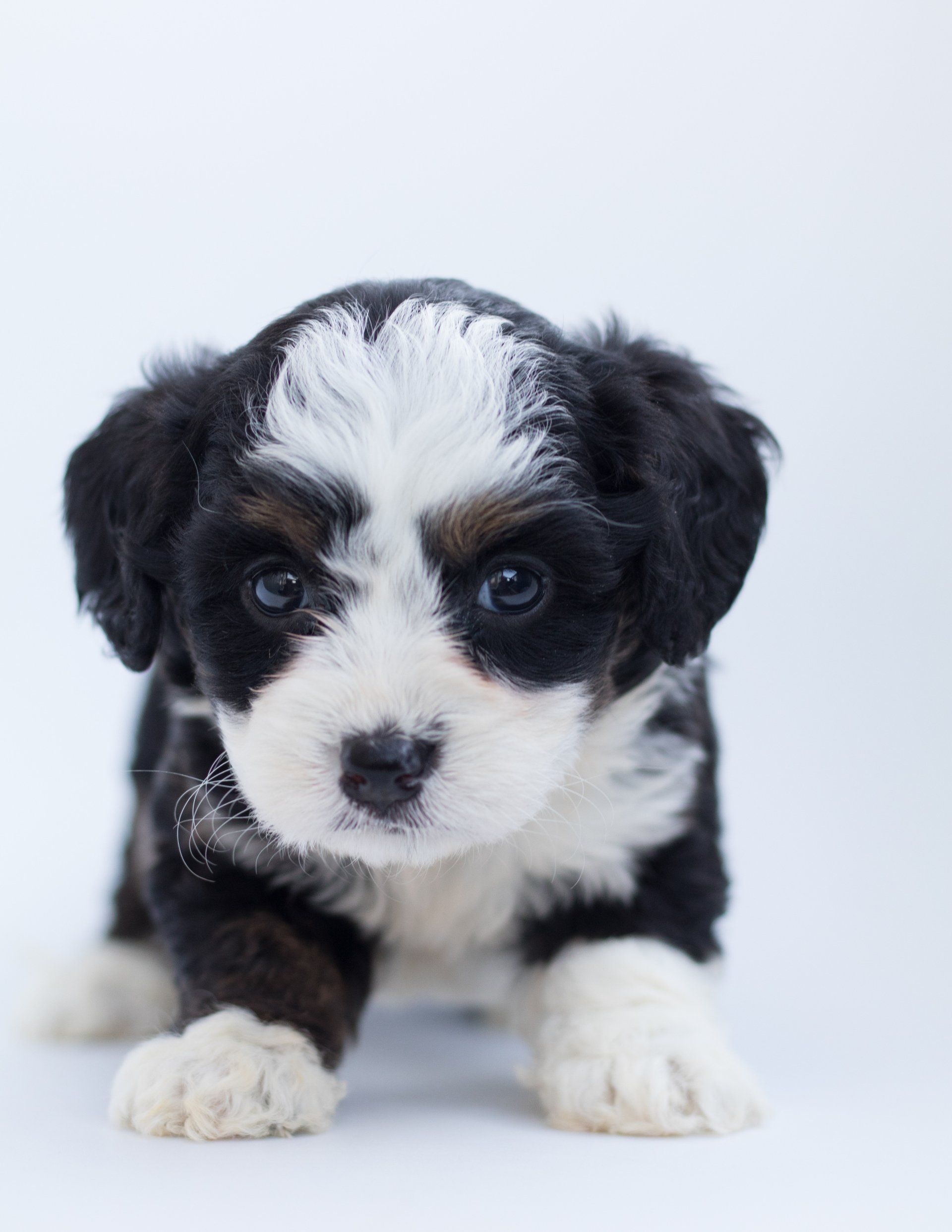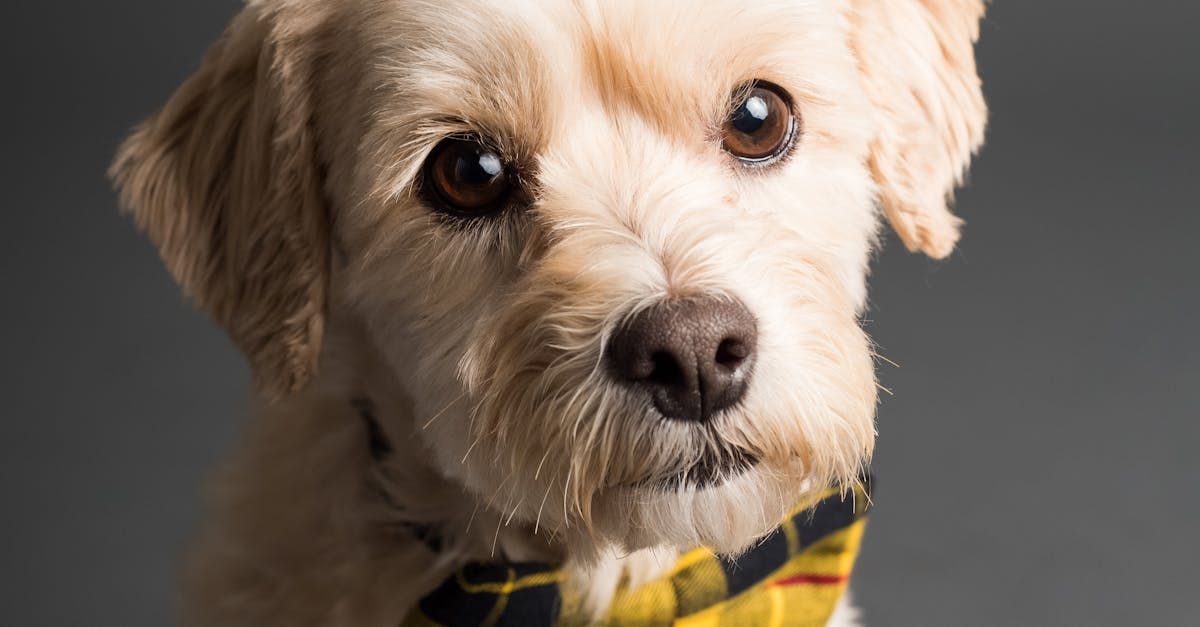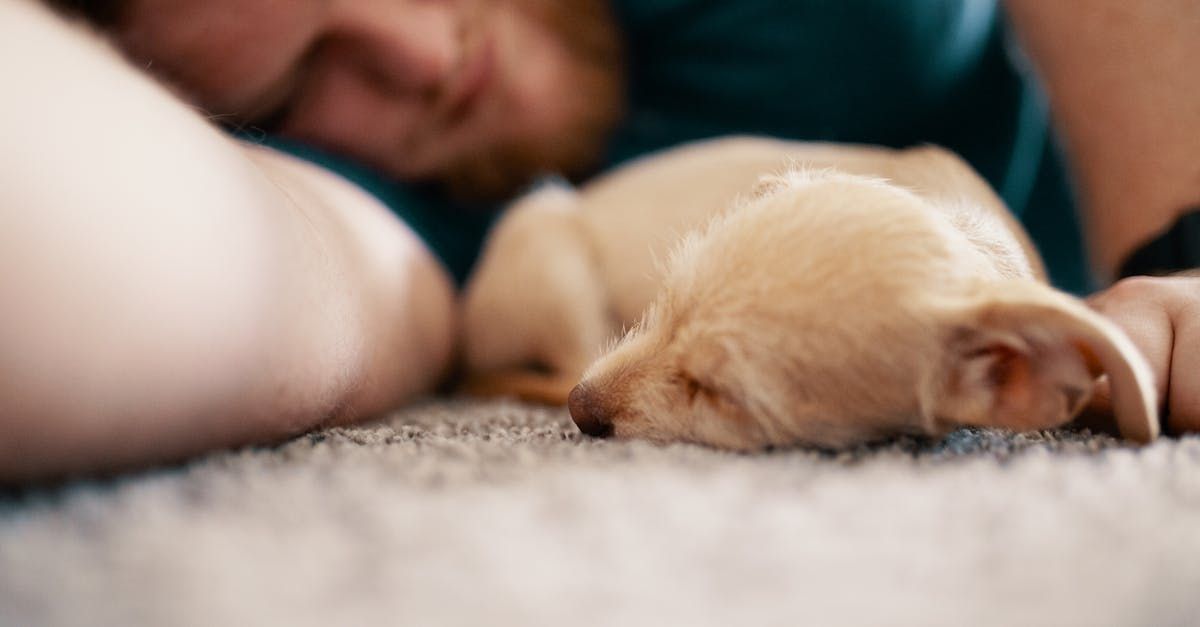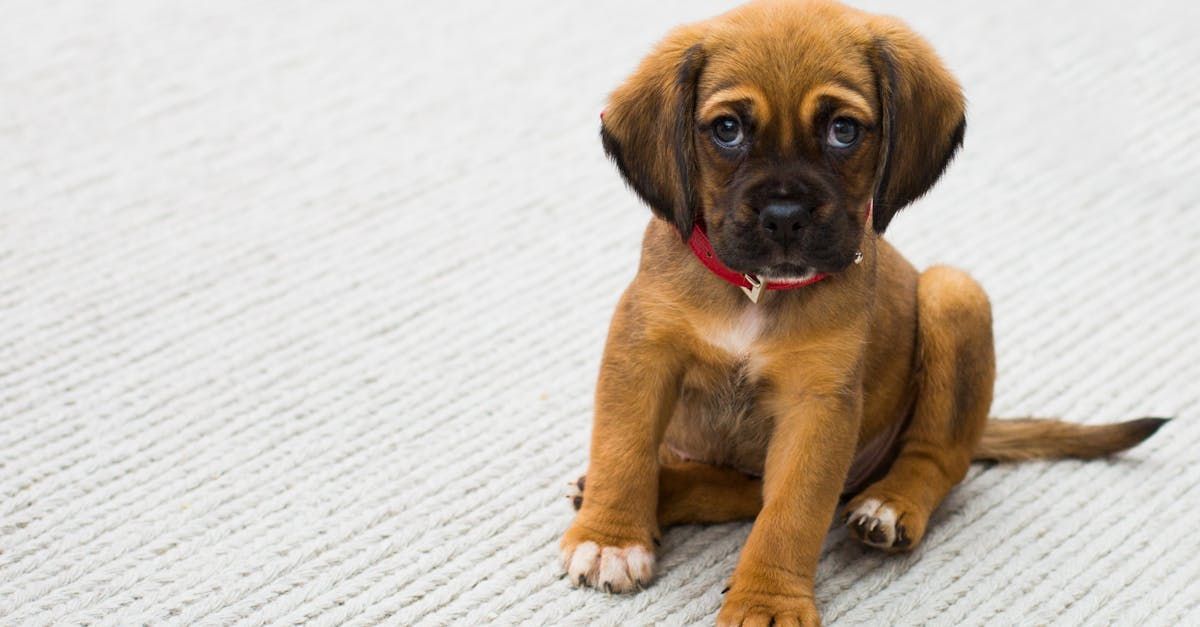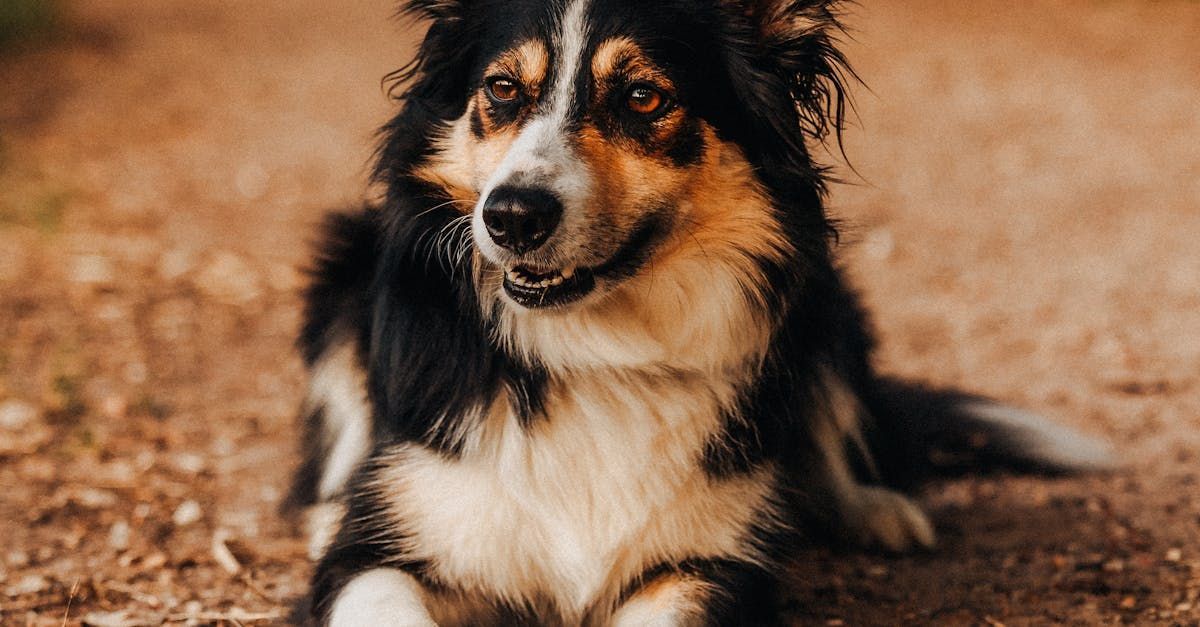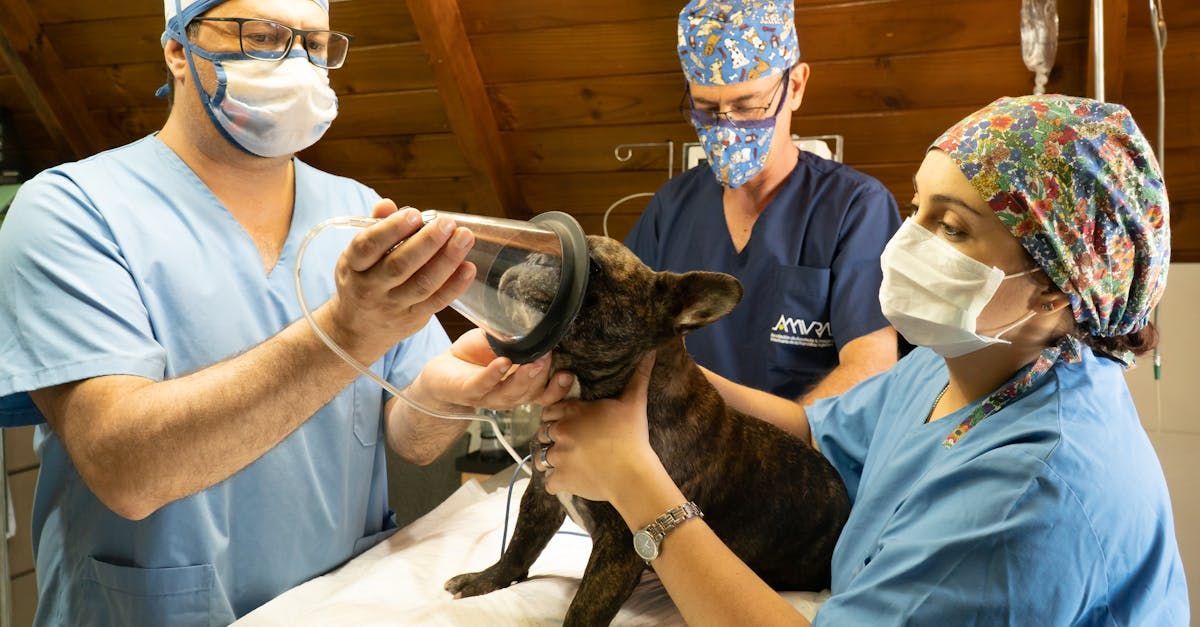Pit Bulls: Dispelling Misconceptions and Celebrating Loyalty
Dispelling the Misconceptions about Pitbulls
Pit bulls, often misunderstood and unfairly stigmatized, have garnered a reputation that doesn't align with their true nature. This paper seeks to explore the myths surrounding pit bulls, highlight their innate loyalty and sweetness, shed light on their prevalence in shelters, and advocate for their deserving of loving homes and positive recognition.
The American Staffordshire Terrier and the American Pit Bull Terrier share a common ancestry and have intertwined histories that reflect their origins, evolution, and development into distinct but related breeds. Here’s an overview of their history:
Origins:
Both the American Staffordshire Terrier (AmStaff) and the American Pit Bull Terrier (APBT) trace their ancestry back to England in the 19th century. The forebears of these breeds were originally developed for the sport of bull-baiting, which involved dogs fighting bulls in a pit. When bull-baiting was outlawed in England in the early 19th century, these dogs were bred for the bloodsport of dog fighting instead.
Development in America:
In the mid-19th century, immigrants from England brought their fighting dogs to America, where the breed continued to be selectively bred for fighting and other utilitarian purposes. The breed was admired for its strength, loyalty, and gameness (courage and tenacity in the face of adversity). They were also valued as working dogs on farms and ranches, known for their ability to protect livestock and serve as loyal companions to their owners.
Divergence into Breeds:
Over time, two distinct lines emerged: the American Staffordshire Terrier and the American Pit Bull Terrier. Both breeds share a common ancestry and were originally recognized as the same breed by the American Kennel Club (AKC) until 1936, when they were officially separated into two distinct breeds.
American Staffordshire Terrier:
The American Staffordshire Terrier was bred primarily for conformation (dog shows) and became recognized by the AKC in 1936, however they are not recognized by the UKC. They are known for their strength, intelligence, and loyalty to their families. AmStaffs are often described as good-natured, affectionate dogs who thrive on human companionship. They retain their terrier tenacity and are versatile in various dog sports and activities.
The American Staffordshire Terrier (AmStaff) has a lineage that includes several breeds, which contributed to its development and characteristics over time. Here are some of the key dog breeds that make up the genetic lines of the American Staffordshire Terrier:
Bulldogs: Bulldogs played a significant role in the early development of the AmStaff. They were bred for their strength, tenacity, and ability to grip and hold onto prey or adversaries.
Terriers: Various terrier breeds, such as the White English Terrier (now extinct), contributed to the AmStaff's agility, hunting instincts, and spirited nature. Terriers also brought attributes like alertness and determination to the breed.
Old English White Terrier: This now-extinct breed was known for its courage and strength, traits that were valued in the development of the AmStaff.
Black and Tan Terrier: This breed, which no longer exists, was known for its gameness and hunting abilities. It contributed to the AmStaff's athletic build and tenacious temperament.
Bull Terriers: Bull Terriers, both the White Bull Terrier and the Colored Bull Terrier, provided strength, stamina, and a distinctive head shape to the AmStaff.
Staffordshire Bull Terrier: The AmStaff shares a common ancestry with the Staffordshire Bull Terrier (often referred to simply as "Staffies"). The two breeds have similar origins but were bred for slightly different purposes and have diverged over time in terms of size and conformation.
Mastiffs: Mastiff breeds, particularly English Mastiffs, contributed to the AmStaff's size, muscular build, and protective instincts.
Other Working and Farm Dogs: Various other working dogs and farm dogs from the 19th century, known for their loyalty, intelligence, and physical prowess, also played roles in shaping the characteristics of the AmStaff.
American Pit Bull Terrier:
The American Pit Bull Terrier, while sharing a similar history and appearance to the AmStaff, was developed more for performance rather than conformation. It is recognized by the United Kennel Club (UKC) and is known for its athleticism, agility, and working ability. It is not recognized by the AKC. APBTs excel in activities such as agility, obedience, and weight pulling. They are also cherished for their loyalty and affection towards their families.
The American Pit Bull Terrier (APBT) has a diverse genetic lineage that includes several breeds, each contributing unique traits that have shaped the breed's characteristics over time. Here are some of the key breeds that make up the genetic line of the American Pit Bull Terrier:
Old English Bulldogs: These dogs were originally bred for bull-baiting, a brutal sport where dogs would grip onto a bull's nose and not let go. Bulldogs contributed to the APBT's strength, tenacity, and muscular build.
Old English Terriers: Terriers were bred for their hunting instincts, agility, and spirited nature. They added athleticism, prey drive, and a keen sense of smell to the APBT.
Bull Terriers: Both White Bull Terriers and Colored Bull Terriers were influential in the development of the APBT. They contributed to the breed's distinctive head shape, strength, and determination.
Staffordshire Bull Terriers: Often referred to simply as "Staffies," these dogs share a common ancestry with the APBT. They provided agility, loyalty, and a compact size to the breed.
English Mastiffs: Mastiffs, known for their size, muscular build, and protective instincts, contributed to the APBT's physical stature and guarding abilities.
Irish Terriers: These dogs were valued for their courage, tenacity, and hunting skills. They added resilience and a strong prey drive to the APBT.
Spanish Pointers: Also known as Spanish Alano dogs, these were used for hunting and as working dogs. They contributed to the APBT's endurance, athleticism, and agility.
Various Working and Farm Dogs: Dogs from farms and working environments, known for their intelligence, loyalty, and physical prowess, also played roles in shaping the APBT's characteristics.
These breeds were selectively bred over generations to create a dog that possessed a combination of strength, agility, loyalty, and intelligence. The resulting American Pit Bull Terrier is known for its muscular build, strong jaws, high energy level, and affectionate nature towards its family.
Modern Challenges:
Both breeds continue to face challenges due to their historical association with dog fighting and misconceptions about their temperament. However, responsible ownership and advocacy efforts have helped to highlight their positive traits and dispel myths about their behavior.
Misconceptions and Stereotypes
Pit bulls have unfortunately been portrayed negatively in media and popular culture. They are often unfairly labeled as inherently aggressive or dangerous. However, research and anecdotal evidence consistently refute these stereotypes. According to the American Temperament Test Society, pit bulls have a passing rate of 86.4%, higher than many other popular breeds like Golden Retrievers and Chihuahuas. This indicates that they have stable and friendly temperaments, contradicting the notion of inherent aggression.
Loyalty and Affection
One of the most notable traits of pit bulls is their unwavering loyalty and affection towards their human companions. They are known for their eagerness to please and their deep bonds with their families. Pit bulls are often described as "velcro dogs" because they love to be close to their people, seeking physical affection and companionship. This loyalty extends not only to their immediate family but also to strangers when properly socialized.
Prevalence in Shelters
Despite their loving nature, pit bulls are disproportionately represented in animal shelters across the United States. They are the most common type of dog found in shelters, often due to misconceptions about their behavior and breed-specific legislation in some areas. Many shelters struggle to find homes for pit bulls, despite their wonderful qualities as pets.
Myths vs. Reality
One pervasive myth is that pit bulls have "locking jaws" or possess a unique physical ability to inflict more damage during bites. In reality, pit bulls have the same anatomical structure as any other dog breed, and there is no scientific evidence to support the idea of a locking mechanism in their jaws. Additionally, responsible ownership and proper training are crucial factors in shaping any dog's behavior, regardless of breed.
Advocating for Pit Bulls
Pit bulls deserve to be judged as individuals rather than based on stereotypes. Advocacy groups and animal welfare organizations work tirelessly to promote pit bull adoption, educate the public about responsible ownership, and challenge breed-specific legislation that unfairly targets these dogs. By focusing on positive reinforcement training, socialization, and responsible ownership practices, pit bulls can thrive as loving and well-adjusted family members.
Conclusion
The histories of the American Staffordshire Terrier and the American Pit Bull Terrier are intertwined with their roles as loyal companions, working dogs, and athletes. Despite their shared origins in bull-baiting and dog fighting, these breeds have evolved into beloved family pets known for their loyalty, courage, and affectionate nature. Understanding their history helps to appreciate their resilience and the ongoing efforts to promote responsible ownership and positive breed recognition.
In conclusion, pit bulls are loving, loyal, and deserving of a fair chance at a wonderful life. They have been victims of unfounded stereotypes and misconceptions that overshadow their true nature as affectionate companions. By dispelling myths, promoting adoption from shelters, and advocating for responsible ownership, we can help change the narrative surrounding pit bulls. Every pit bull deserves the opportunity to show their loyalty and sweetness in a loving home, where they can thrive as cherished members of the family. It's time to celebrate pit bulls for who they truly are: devoted friends and companions with hearts full of love to give.
Many of the pit bull puppies that have come through our rescue have either come from a kill shelter or an illegal dog fighting ring that breed these dogs either to grow up and fight or be sacrificed in the ring. The fact that we have gotten to these puppies in time is already a miracle but it is all for not unless they find a wonderful home. When you adopt a pit bull puppy you are giving them a chance at life and with proper care and training, they will be that loving companion you have always wanted. Help us change they views on pit bulls, adopt today.



